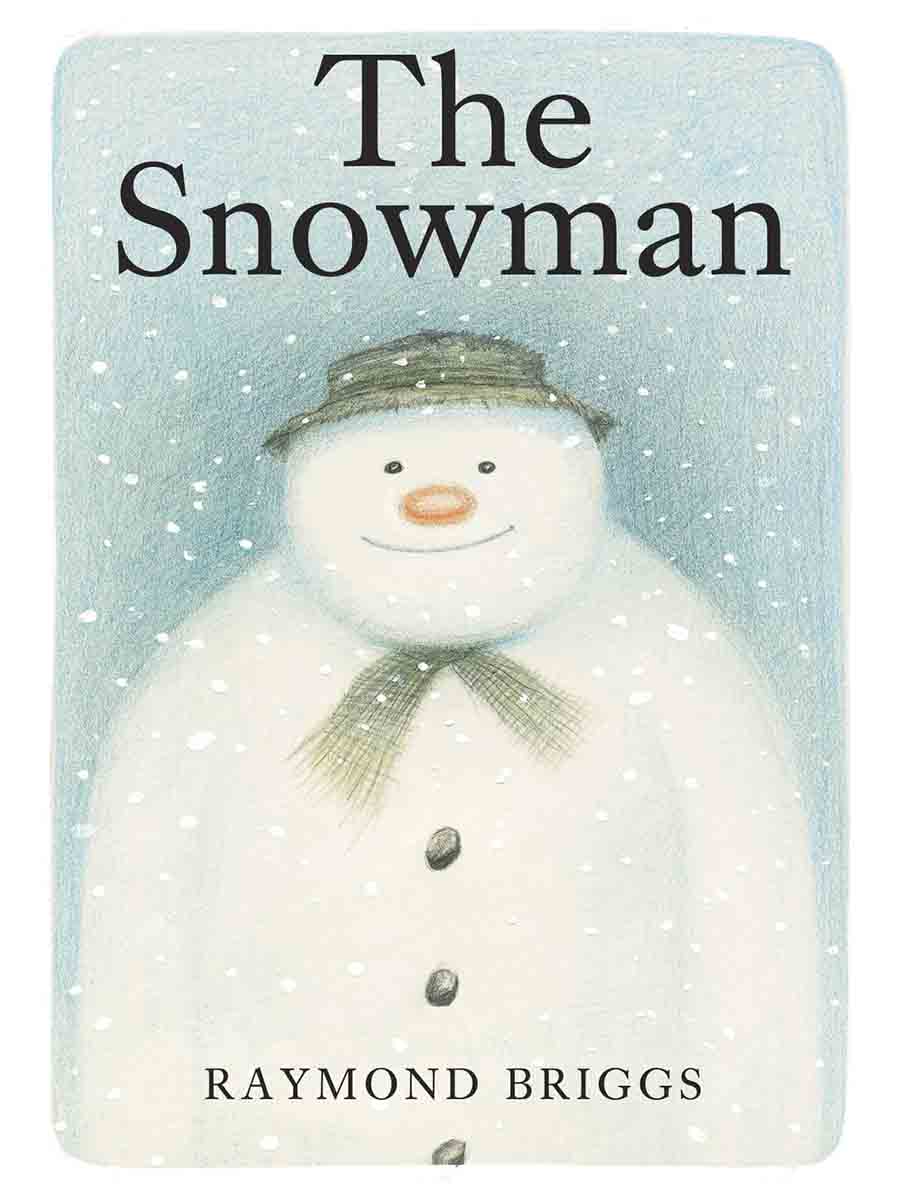Snowman Science: Using Picture Books to Launch Science Investigations
By Stephanie Dietrich
| Time Required: 60 Minutes | Materials Required: none |
| Grade(s): 3rd-4th Grade | Supplies: Data Recording Sheet, Predication Sheet, Timer, Lamps, Ice Cubes, Trays, & Insulating Testing Materials such as: Cotton Balls, Aluminum Foil, Plastic Wrap, Fabric Scraps, Styrofoam, and Bubble Wrap |

The Snowman by Raymond Briggs is a captivating wordless picture book that follows the incredible journey of a young boy who builds a snowman that comes to life. First published in 1978, The Snowman has become a classic picture book that is a staple in any library and many elementary school classrooms.
Set against the backdrop of a winter wonderland, this story beautifully illustrates the imagination of childhood. After the boy builds a snowman, the snowman takes the boy on a magical journey, but as their time together goes on, the snowman begins to melt. The Snowman is a great book for all ages but can be particularly useful for older elementary students to start a conversation about the transformation of snow or ice to water and how to use scientific exploration to prolong the magic of winter just a little bit longer.
Using Picture Books to Launch Science Investigations
Picture books can be a great launching point for older students into science investigations. Picture books are all about imagination and what better way to get students to start thinking outside of the box, than to start with a story that sparks curiosity. Many students are also helped by visual representations. Starting with a picture book allows students to mentally picture possibilities and gives context to the experiment. For this experiment, connecting to a picture book on building a snowman is something many students can relate to and gives the experiment purpose.
Materials Preparation
Before the lesson, divide your students into groups. Each group should have a tray, a lamp, a prediction sheet, and a data recording sheet. Use a cooler to keep the ice cubes cold while students are working and only pass out one insulating material at a time.
Procedure
- Begin by reading The Snowman by Raymond Brigg. This is a wordless picture book. Using a projector to enlarge the pages is helpful for students when reading a book where they have to read pictures to convey meaning. Prior and during the reading, have a discussion on how to read images.
- After reading, ask students why the snowman melted. What causes snow and ice to transform to water?
- Talk about heat transfer and insulation. What types of things insulate us from cold weather? ex: mittens, blankets, houses. What kinds of things protect or insulate us from heat? Ex: trees, houses, sun hats.
- Explain that students will be investigating how to insulate their snowman from the sun to keep their snowman from melting.
- Place students into their working groups.
- Show students the available materials and have them predict which materials will act as the best insulators. Have them use their predication sheet to record their predictions.
- Start with one of the insulting materials. Hand out one to each group with 2 ice cubes.
- Explain that one ice cube is their control ice cube and should not be wrapped in the insulator.
- Have students wrap one of the ice cubes in the insulator material and then place both under the heat source.
- Set a timer for 10 minutes. Have students record their observations.
- After 10 minutes, students should record their final observations and clean up their testing site.
- Repeat the above instructions with the other insulating materials.
- After students have tested all the insulating materials, compare their scientific findings to their predictions. Were they surprised by anything? Which material was the best insulator?
- End the activity by asking students what other materials might be good insulators, or what other strategies they might use for keeping their snowman around just a bit longer?
Assessment
You can assess this activity using student groups’ prediction and data recording sheets.
Happy Reading!



